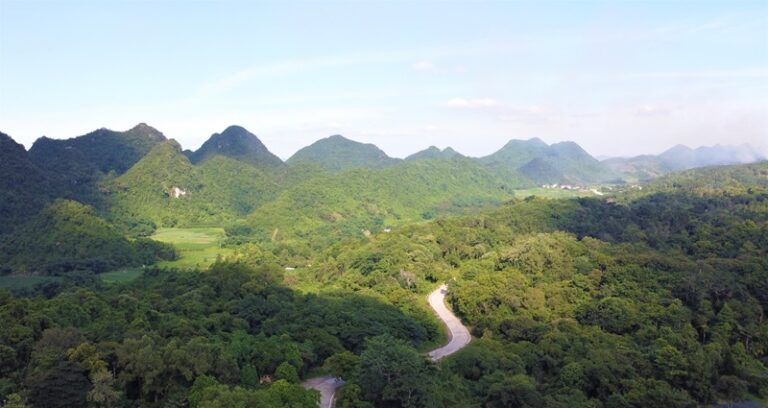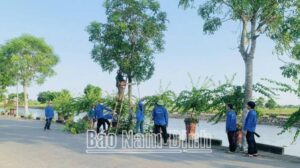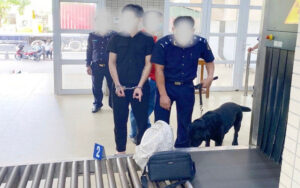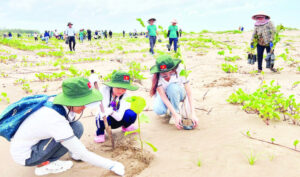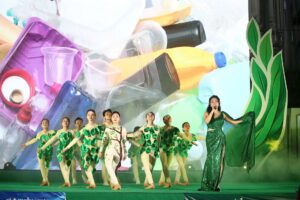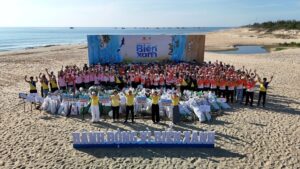Covering the second DPRK-USA Summit in Hanoi in February, US-based Cable News Network (CNN) wrote an article on changes of the capital city turning itself from a place ravaged by the war into a city promoting peace. Part of the article, quoted by Vietnam Plus, follows:
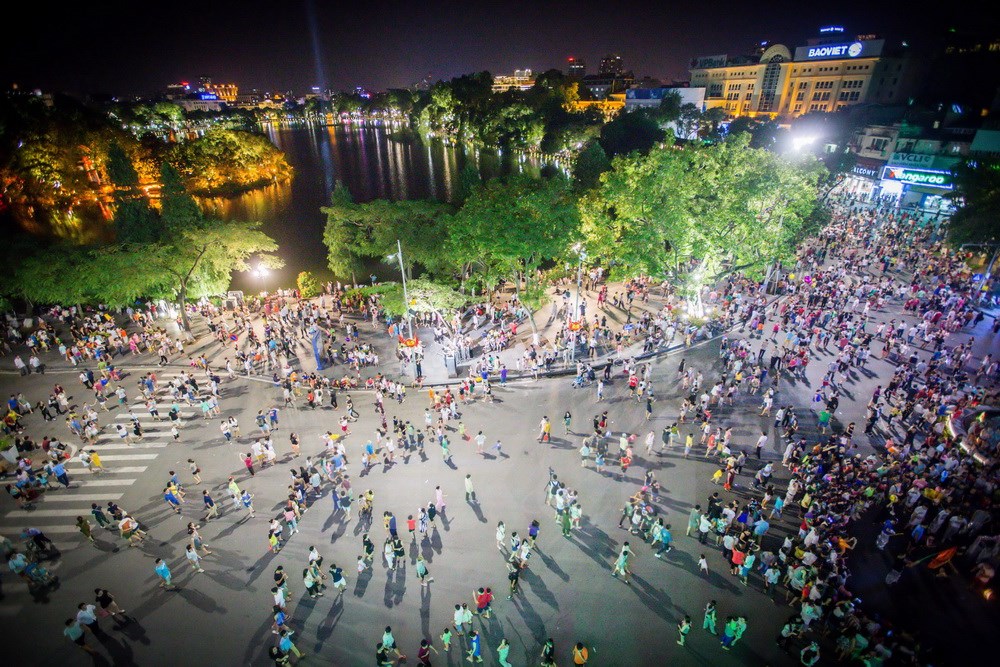
Phố đi bộ Hồ Gươm
On December 18, 1972, two squadrons of hulking US B-52 bombers roared off from the U-Tapao airfield in Thailand and Andersen Air Force Base in Guam to begin what one Air Force officer called “the largest operation in the history of air power”.
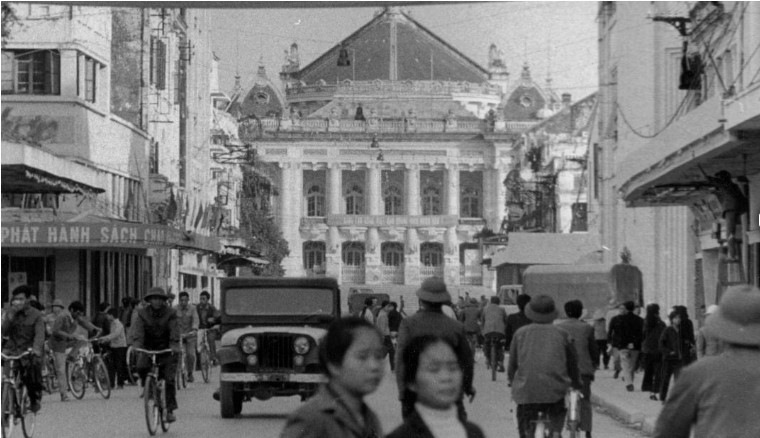
Hanoi Opera House in 1976
Their destination: Hanoi, the capital of Vietnam. Their mission: bomb a city that was considered the most heavily fortified in the world at the time.
The mission would be repeated for 11 days straight.
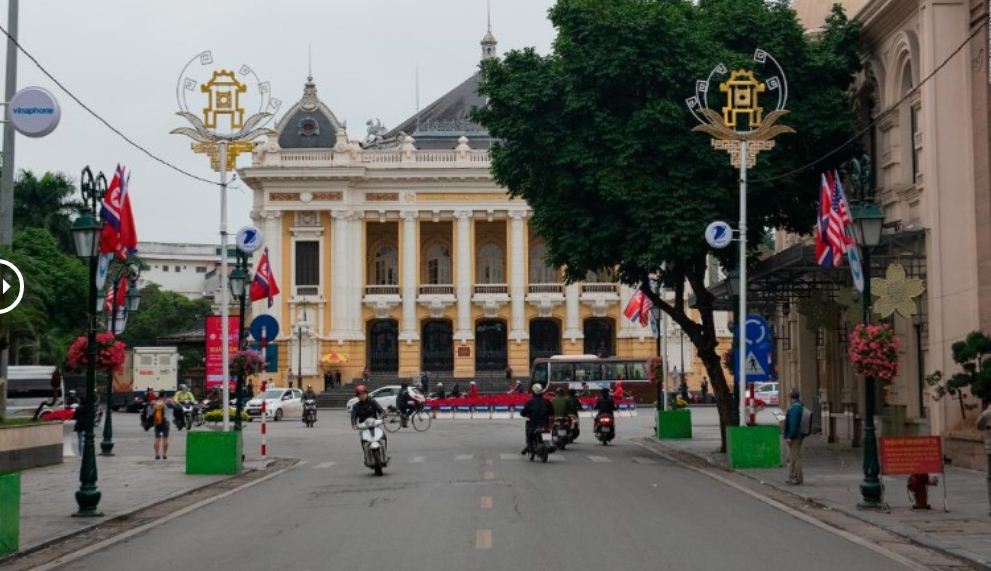
Hanoi Opera House in 2019
This week, that same city will host US President Donald Trump and leader of the Democratic People’s Republic of Korea (DPRK) Kim Jong-un for their second in-person meeting.
In 1954, the city was home to 53,000 people and was only 152 square kilometres. Today it’s more than 3,000 square kilometres large and boasts a population of more than 7 million. Skyscrapers dominate the newer suburbs on the city’s outskirts. Shops and restaurants are everywhere.
Its reinvention since the end of the war and the beginning of the Doi Moi economic reforms is believed to be a key reason it was chosen as host for the talks between the US President and the DPRK leader.
For Washington, Vietnam is proof that enmity doesn’t have to last forever. For Pyongyang, it’s proof of a vibrant economy.
Duong Van Mai Elliott spent the first four years of her life in Hanoi. One of her book was a finalist for the Pulitzer Prize.
Though Elliott was young when she left Hanoi, she remembers the city as “a very quiet, romantic city, very old, full of history and tradition”.
“By this time, the French had been in Vietnam for almost 80 years, and Hanoi had acquired a French appearance, layered on top of and next to ancient Hanoi,” said Elliott.
Almost no one had cars, she said. Traffic jams and pollution were nonexistent.
“The old quarters of small lanes and small shops, where my maternal grandmother had her silk store, were still more or less intact, albeit transformed with modern amenities like paved sidewalks and streets, running water and electricity,” she said.
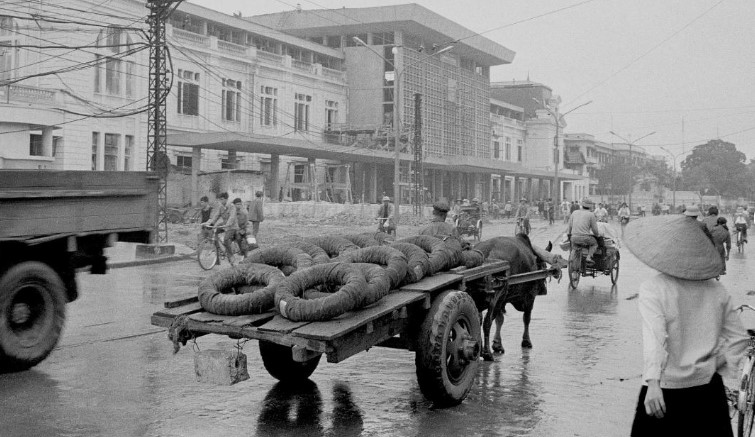
Hanoi Station in 1977
Hanoi suffered its most devastating blows in the war with the US at the end of 1972 during Operation Linebacker II, a mission better known as the Christmas bombing. The purpose was to get the Vietnamese back to the negotiating table after talks stalled, and US President Richard Nixon’s administration thought a shock and awe campaign would do the trick.
In a conversation on December 17 in Washington, National Security Adviser Henry Kissinger told President Richard Nixon he thought the Vietnamese are “going to be shaken to their core”. Nixon said: “They’re going to be so surprised”.
By the end of Operation Linebacker II, the US Air Force had flown more than 700 B-52 bomber sorties and dropped 15,000 tonnes of ordnance. More than 1,300 people were killed in Hanoi.
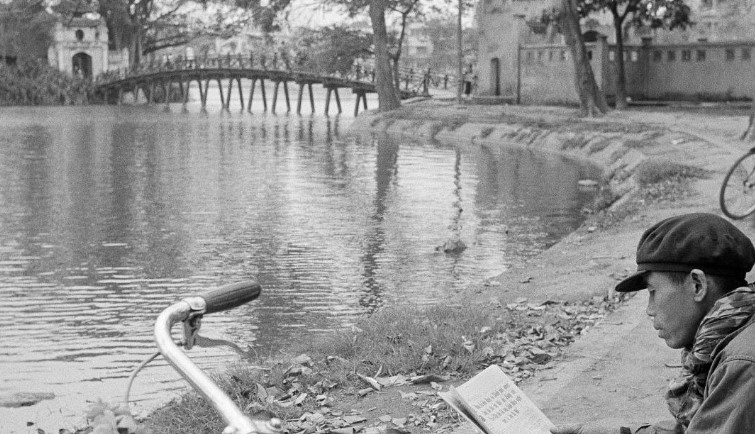
Hoan Kiem Lake in 1973
Elliott said her relatives in Hanoi still remembered the Christmas bombings were the most frightening experience for them throughout the war.
“The buildings shook,” Elliott said. “They thought they were going to die.”
“Those who survived told me when they went out to look, they found dead bodies lying around,” she said. “To this day, they can still smell the rotting bodies.”
Bach Mai hospital was hit during the bombing, killing patients and hospital staff. One of the hospital’s main structures was heavily damaged.
Dr. Carl Bartecchi of the University of Colorado visits the hospital twice a year for two or three weeks at a time to teach students. He’s been going since 1997, when much of the city was very different.
“You’d drive into town, and it used to be all rice fields. You’d see water buffalo, people working there,” Bartecchi said.
“Now there’s a lot of buildings going up there and palm trees line the way. There are brand-new bridges going into town and along the way, you see some new high-rise buildings.”
But the older parts of the city have retained a certain charm. “The old town, north of Hoan Kiem lake, hasn’t changed much at all,” he said. “It’s really a neat place.”
The transformation of Hanoi didn’t begin until 1986, more than a decade after the country’s reunification. That’s when Hanoi enacted market reforms to boost the economy, known as Doi Moi (Renewal).
The city continues to breathe a dynamic relationship between old and new.
Nguyen Qui Duc was a correspondent for US National Public Radio in Hanoi in 1989, and returned to the city in 2006. He obtained a business license and eventually became a restauranteur.
He said he recognises there has been good brought about in the last few years. Livelihoods have improved and people have more money.
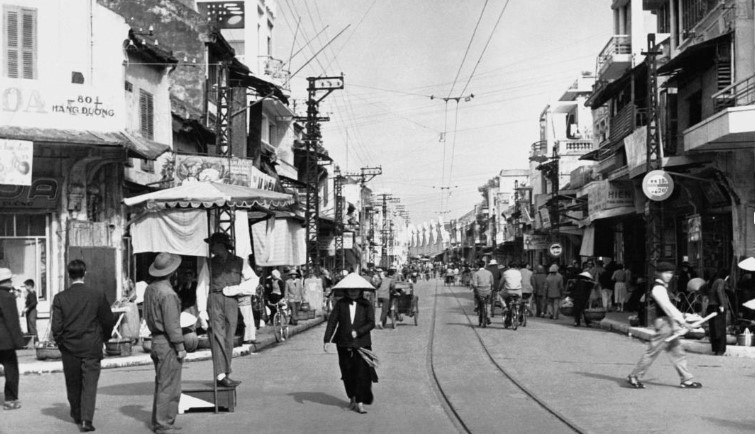
Lan Ong Street 1954
Elliott said she didn’t see the reforms take effect until after 1993, her first visit back to Hanoi in nearly 40 years. The city appeared frozen in time. “Nothing had changed really much,” said Elliott.
“I remember the streets were deserted. People moved around on old, rickety bicycles. There were very few restaurants and cafes, and even then, the locals couldn’t afford it.”
But Elliott said on every trip she made to Hanoi after her first, the city would get “better and better”.
The city that US President Donald Trump and DPRK leader Kim Jong-un will see, she said, is not one marred by the scars of war. It’s very modern meets quaint.
The two leaders will drive down new highways leading into the city, “cross the new suspension bridge over the Red River, pass newly built houses, high rises, factories, shops, restaurants, cafes and hotels,” Elliott said.
“They will see a city that has recovered from a devastating war and is thriving in the global economy -- a metropolis that is confident in the promise of the future.”


